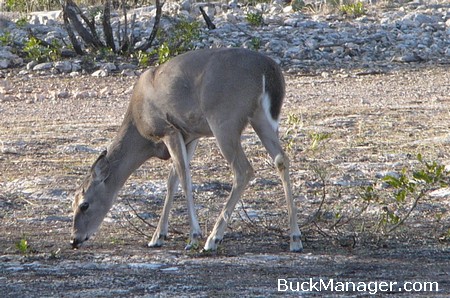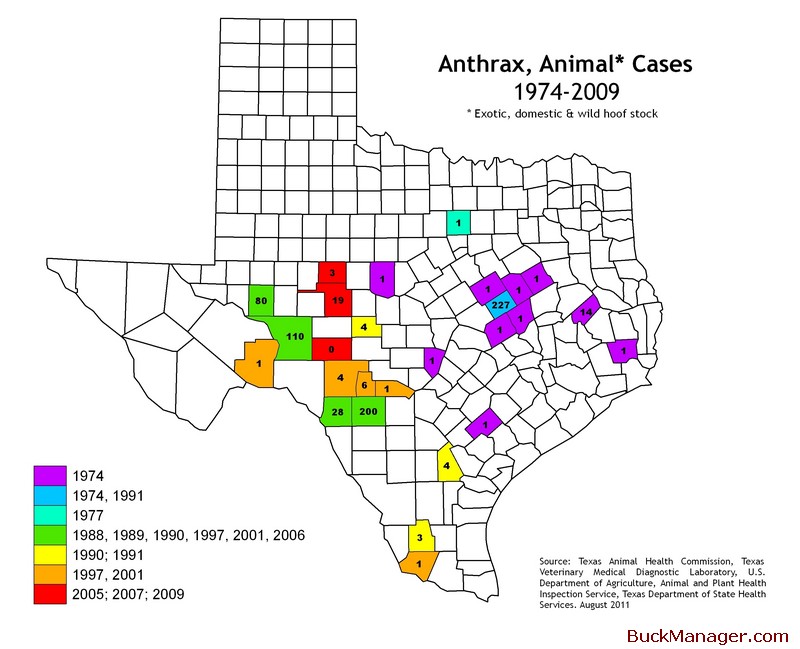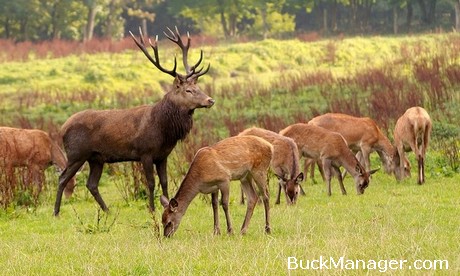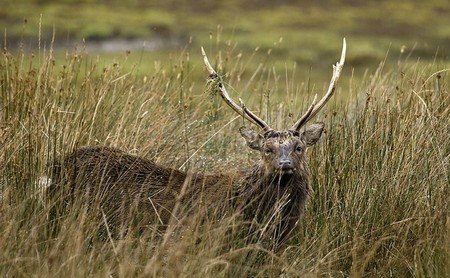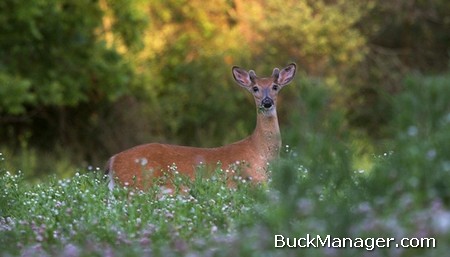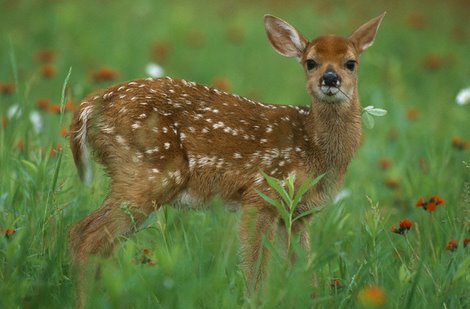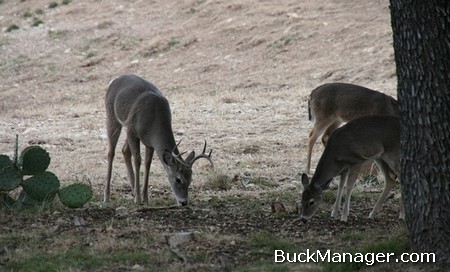Hunters interested in producing and growing bigger, more healthy whitetail understand that active deer management is the key to long term success. An important component of a successful deer hunting and management program is being able to accurately age white-tailed deer, specifically bucks.
The selection of bucks suitable for harvest is most often performed by aging deer on the hoof in the field, but that determination is often evaluated by aging harvested deer using the tooth wear and replacement method. Neither of these methods are foolproof.
Determining Age of Live Deer
Aging deer on the hoof relies on the observer being able to objectively judge an animal based on physical characteristics. It’s an acquired skill that hunters can get better with over time, but its’ not perfect. This technique can be enhanced by allowing observers more time to look at individual animals, which is often accomplished using game camera photos placed in feeding areas.
Numerous photos from various angles usually allow a hunter to get a good idea of deer’s age before even heading to the field. Observation of the animal before or during the deer hunting season can then be used to confirm or reject the armchair evaluation of the deer’s age.
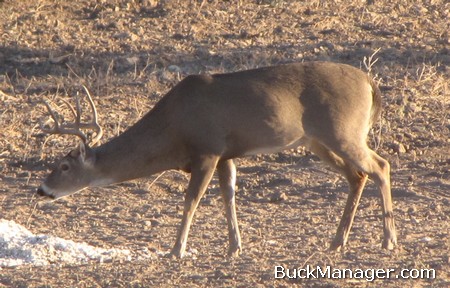
The tooth wear and replacement technique is most commonly used on dead deer, although persons involved in the legal trapping and transporting of wild deer as well as commercial deer breeders may use the method on live deer. There are, however, a number of variables that can impact tooth wear in deer.
The teeth of whitetail found living over sandy soils will wear quicker than those found living over clay soils. Deer that eat a lot of protein feed will wear down slower too. But like most things that require skill to get better, confidence and consistency with the deer aging technique takes time. So is there a better way?
Tooth Aging Chart for South Texas Deer
Source: Researchers at the Texas AgriLife Research and Extension Center in Uvalde have developed a more accurate technique than traditional methods for estimating the age of white-tailed bucks. When owners or managers know the true age of harvested deer on their ranch, it improves their ability to predict the age of live deer on that property.
“South Texas is famous for producing trophy white-tailed deer,” said Dr. Susan Cooper, AgriLife Research associate professor and lead investigator for the new age-estimation research. “Large-antlered deer sell for very high prices, so harvesting a good buck before it reaches its prime or after it begins to decline can represent a significant loss of income to the producer.”
“The traditional method for estimating the age of white-tailed deer has been by visual, tooth-wear patterns,” Cooper said. “This method – known as the Severinghaus technique – was developed using northern deer and is inaccurate for estimating the age of wild deer in Texas beyond the rough categorizations of young, mature or old.”
The new technique also relies on using the animal’s teeth, but involves measuring the width of the dentine — the hard tissue located under the enamel of a tooth — on a specific tooth.
Cooper said over the past 10 years the wildlife team at the Uvalde center has ear-tagged more than 2,000 wild buck fawns on South Texas ranches. During the past decade, ranch owners and operators have kept tabs on ear-tagged deer, collaborating with the center on deer-related research. “When these bucks are harvested, the partner ranch returns any known-age jawbones from tagged deer to us for evaluation and assessment,” she said.
Cooper said research assistant Shane Sieckenius had noted that an actual measurement of tooth wear would be superior and more accurate than a basic visual scoring system would be in aging white-tailed deer.
After discussion and evaluation, the team determined the first permanent molar would be the tooth which was most likely to show age-related wear patterns. Using digital calipers, they took accurate measurements in millimeters of tooth height, as well as all ridges of white enamel and brown dentine on the tooth from jaw samples of harvested known-age bucks 2.5 to 7.5 years old.
“We wanted to see if we could go to just one location in the jaw to reduce the amount of variability of age-related wear within the jaw,” Sieckenius said. “This particular tooth was consistent in showing the true indication of wear.” Cooper said evaluation of measurement data revealed that only the width of the dentine in the tooth’s cusps, pointed ends of the chewing surface, was related to the age of the deer.
“The best measurement fit for aging was the width of the dentine, which we gave the value D, in the front cheek-side cusp of the first molar on the right side of the jawbone,” she said. “This provided us with the relatively simple formula for estimating age: 1.8 times D, plus 1.8.”
She said the only equipment needed for the study was the digital calipers, which can be purchased from major online retailers for as little as $20 each. “To save doing the math, measurements can be compared to a simple chart that we have developed and will make available to landowners,” she said.
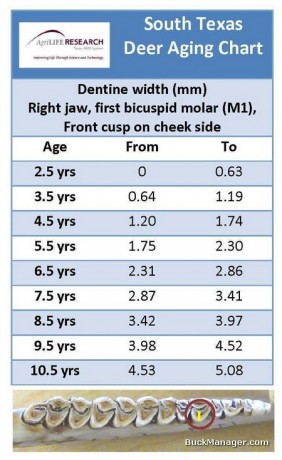
“You have to get the jaws good and clean before measuring, so in our case we boiled the jaws thoroughly to ensure they were free from any tissue, decay or foreign objects that might hinder obtaining an accurate measurement,” Sieckenius said.
Cooper said when tested on a sample jaws of 141 bucks, the formula predicted the correct age for 61 percent of young bucks aged 2.5 to 3.5 years; 53 percent of mature bucks aged 4.5 to 6.5 years, and 25 percent of old bucks aged 7.5 to 8.5 years. She added that all animals were correctly aged within one year of their actual known age.
For comparison, Cooper said, 27 wildlife professionals and students were asked to age samples of the same jaws using traditional visual tooth-wear measurements.
“They estimated the correct age for 40 percent of young bucks, but only 18 percent of mature bucks and none of the old bucks,” she said. “This means the new technique – which we have named the AgriLife Dentine Method – of aging deer provides much greater precision in aging harvested deer.”
Sieckenius said the new aging technique will be of particular interest to ranchers and hunting lease owners who wish to harvest deer at a specific age.
“This new measurement process is very interesting,” said Jim Hillje, a wildlife consultant for many South Texas ranches and a former Texas Parks and Wildlife biologist. Recently, Sieckenius traveled to Encinal to demonstrate the new technique to Hillje and Jeff Pierce, manager of the 7-1 Ranch in Webb County.
“It’s good to have a more precise way of aging a particular deer, and this new method works well in conjunction with the buck ear-tagging we’ve been doing for several years to confirm the deers’ age.”
Hillje said while he is satisfied that the new technique is an improvement in age-estimating methodology, the down side of current age-measurement techniques is the difficulty in applying them to live deer specimens.
“Landowners want to harvest deer at their maximum antler potential,” Sieckenius said. “Some want to harvest them at five years old and some farther south may prefer to harvest when they’re closer to six years old. We’re giving them a means by which to maximize that potential so they can get the most for their hunt.”
The AgriLife Dentine Method of aging deer does provide measurable physical factors for the aging of harvested deer, but the fact remains that the deer must be in someone’s hands, and dead. The method will accurately determine the age of an animal 60 percent of the time or get within one year of age. With this stated, I’m not convinced that this way is really any better than the old-standby Severinghaus tooth wear technique.
Review of the Deer Aging Chart
The technique uses measurable tooth wear, kind of a modified Severinghaus method, so the new deer aging technique will only be applicable to those deer hunting in South Texas or in areas that have very similar soil and habitat conditions to South Texas.
As mentioned earlier, there are many factors that can impact tooth wear in deer. Soil type, plant communities, supplemental foods and even genetics can affect tooth wear in individual animals. This techniques is still far from perfect, but could offer value to those with little experience aging dead deer.
